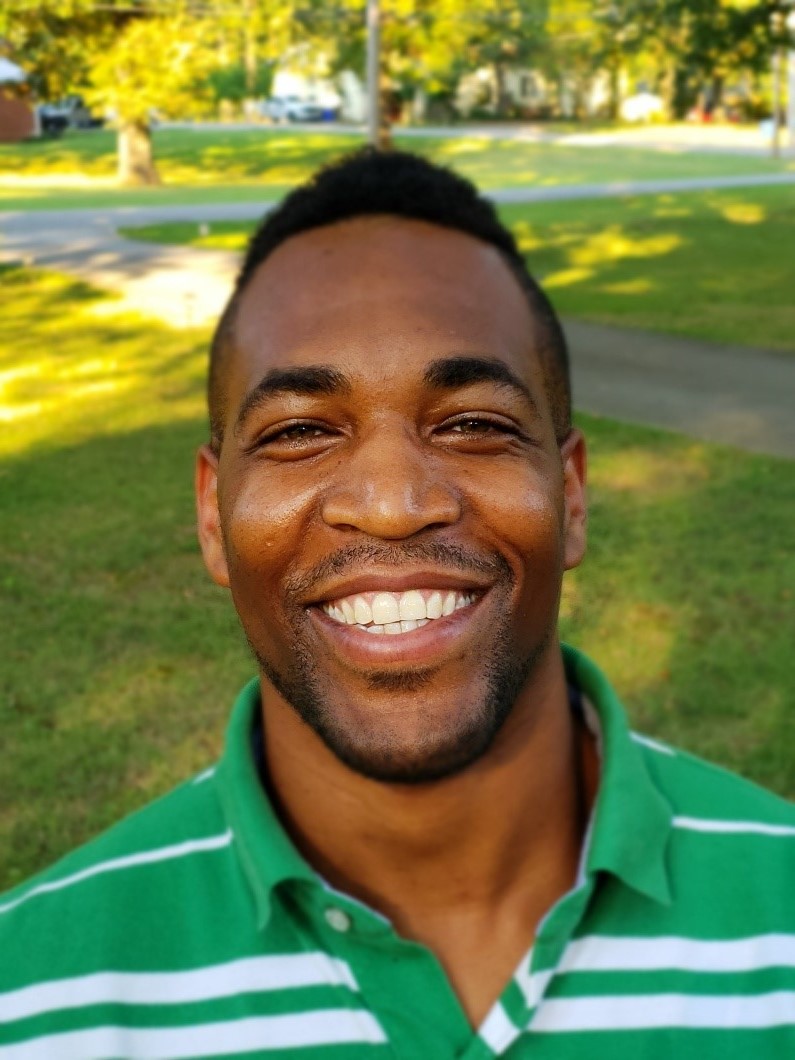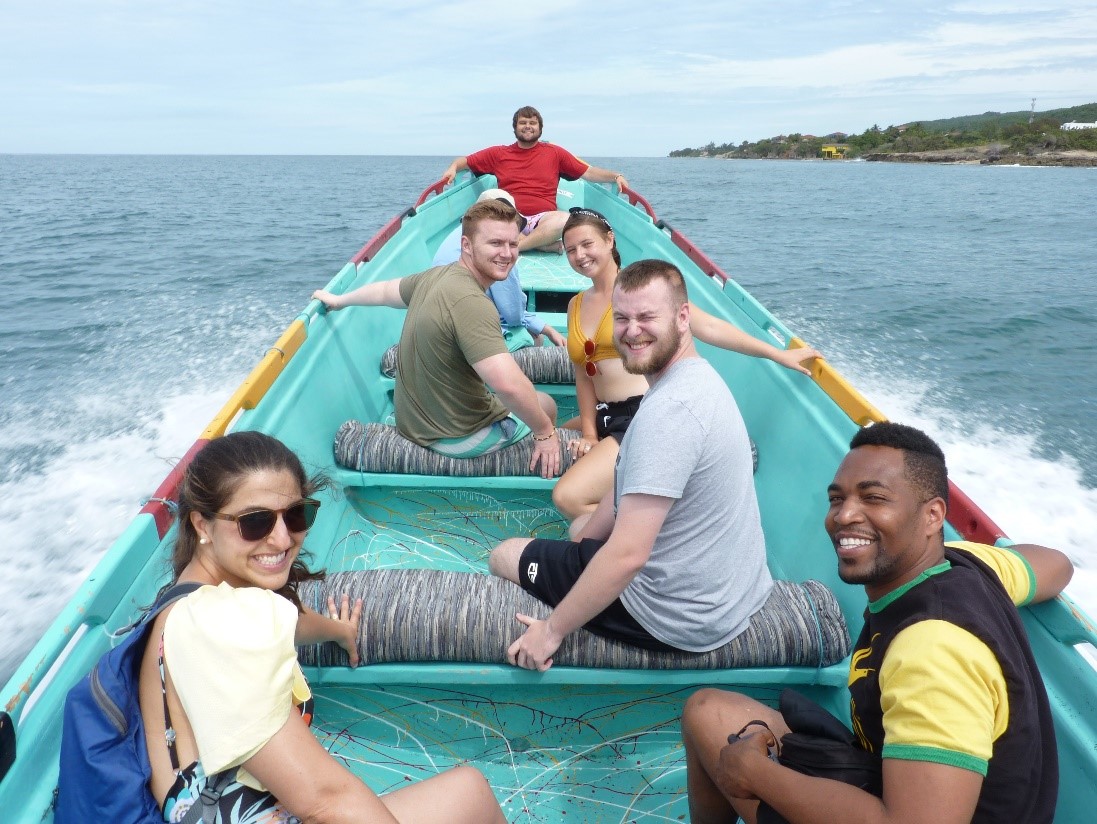Mario Mighty, PhD

Associate Professor and GIS Lab Manager
Education
- Ph.D. University of Florida
- M.S. University of Florida
- B.Sc. University of the West Indies (Mona)
Areas of Expertise
- GIS
- Agriculture
- Sustainability
- Economic Development
- Caribbean
Courses
- GE 102 - Global Environment and Societies

- GE 260 - People, Place and Culture
- GE 321 - Economic Geography
- GE 322 - Business Geography
- GE 384 - Geographic Information Systems
- GE 485 / GE585 - GIS Applications For Business
- GE 610 - Seminar in Geospatial Science
Selected Publications and Research Contributions
Google Scholar Profile: https://scholar.google.com/citations?user=IVAa_iEAAAAJ&hl=en
ResearchGate Profile: https://www.researchgate.net/profile/Mario-Mighty
-
Mighty, Mario A. and Gabriel Granco. 2021. “Modeling Profitability in the Jamaican Coffee Industry.” Agriculture 11(2), 121. DOI: https://doi.org/10.3390/agriculture11020121
-
Wanyama, Dan, Mighty, Mario, Sim, Sunhui and Francis Koti. 2019. “A spatial assessment of land suitability for maize farming in Kenya.” Geocarto International. DOI: https://doi.org/10.1080/10106049.2019.1648564
-
Mighty, Mario A. 2017. “We Likkle, But We Tallawah”: Maintaining Competitive Advantage in a Crowded Specialty Coffee Market.” Journal of International Food and Agribusiness Marketing. DOI: 10.1080/08974438.2016.1266566
-
Mighty, Mario A. 2016. “What is Sustainability? A Geographer’s Perspective.” Journal of Sustainability Studies 1 (1). Accessible at http://www.unalionsden.com/jnlsustainability/2016/06/mighty-geography/
-
Mighty, Mario A. 2016. “The Jamaican Coffee Industry: Challenges and Responses to Increased Global Competition.” In Globalization, Agriculture and Food in the Caribbean: Climate Change, Gender and Geography, edited by Clinton L. Beckford and Kevon Rhiney, 129 – 153. London: Palgrave McMillan UK. DOI: 10.1057/978-1-137-53837-6
-
Mighty, Mario A. 2015. “Site Suitability and the Analytic Hierarchy Process: How GIS Analysis Can Improve the Competitive Advantage of the Jamaican Coffee Industry.” Applied Geography 58 (March 2015): 84 – 93. DOI: 10.1016/j.apgeog.2015.01.010